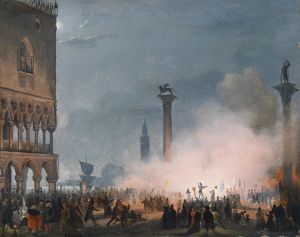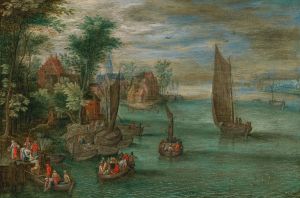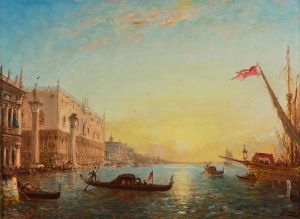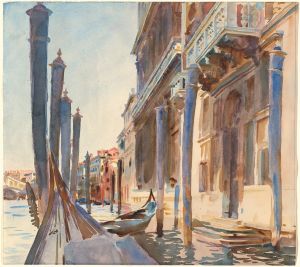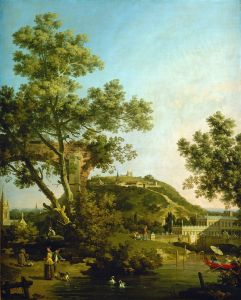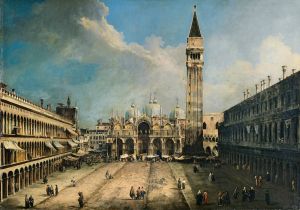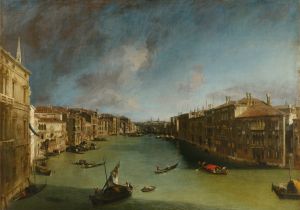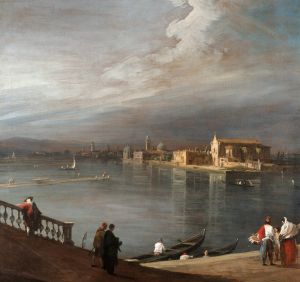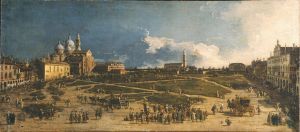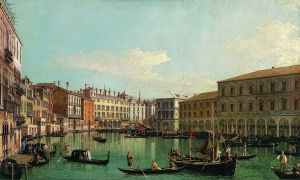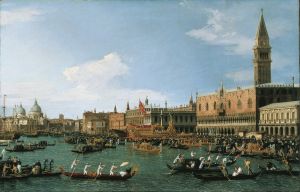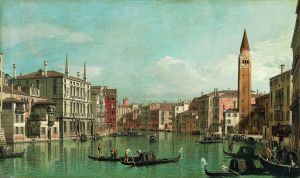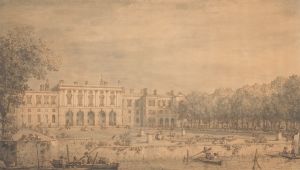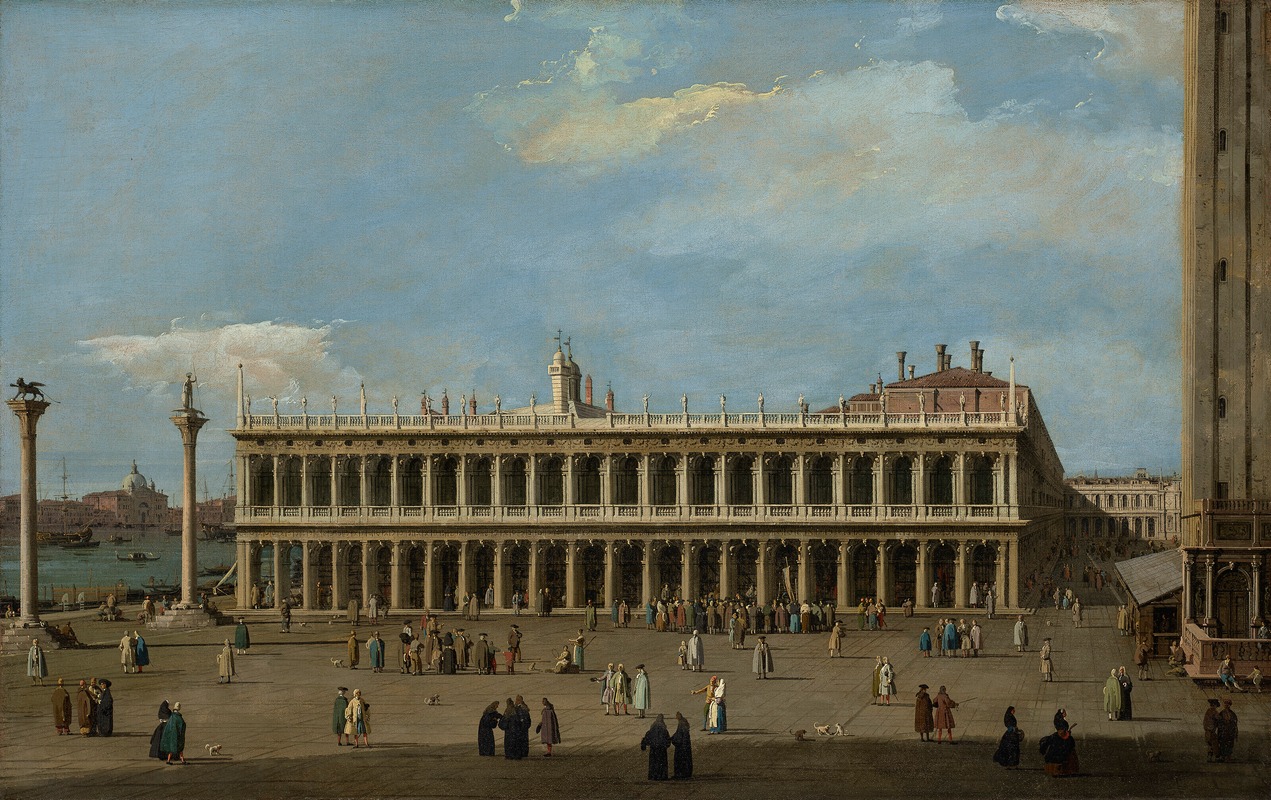
Venice, the Piazzetta, looking west, with the Libreria
A hand-painted replica of Canaletto’s masterpiece Venice, the Piazzetta, looking west, with the Libreria, meticulously crafted by professional artists to capture the true essence of the original. Each piece is created with museum-quality canvas and rare mineral pigments, carefully painted by experienced artists with delicate brushstrokes and rich, layered colors to perfectly recreate the texture of the original artwork. Unlike machine-printed reproductions, this hand-painted version brings the painting to life, infused with the artist’s emotions and skill in every stroke. Whether for personal collection or home decoration, it instantly elevates the artistic atmosphere of any space.
"Venice, the Piazzetta, looking west, with the Libreria" is a painting by the renowned Italian artist Giovanni Antonio Canal, better known as Canaletto. Canaletto was a prominent figure in the 18th century, celebrated for his detailed and atmospheric depictions of Venice. His works are characterized by their precise architectural detail and the ability to capture the unique light and ambiance of the city.
This particular painting, "Venice, the Piazzetta, looking west, with the Libreria," is a quintessential example of Canaletto's mastery in vedute, a genre of highly detailed, usually large-scale paintings of cityscapes or vistas. The painting depicts the Piazzetta, an iconic open space in Venice that serves as a forecourt to the larger Piazza San Marco. The view is oriented towards the west, showcasing the architectural splendor of the area.
One of the central features of the painting is the Libreria, also known as the Biblioteca Marciana or the Library of Saint Mark. This building is a significant Renaissance structure designed by the architect Jacopo Sansovino. The Libreria is renowned for its classical architecture and houses one of the greatest collections of classical texts in the world. In Canaletto's painting, the Libreria is depicted with meticulous attention to detail, highlighting its columns, arches, and ornate decorations.
The painting also captures the lively atmosphere of the Piazzetta, with figures of various social standings populating the scene. This inclusion of people going about their daily activities adds a dynamic element to the composition, providing a glimpse into the social life of 18th-century Venice. The figures are depicted in contemporary attire, engaging in activities such as conversing, strolling, and conducting business, which was typical of Canaletto's work.
Canaletto's use of light and shadow in this painting is particularly noteworthy. The artist skillfully captures the interplay of sunlight and shadow across the buildings and the Piazzetta, enhancing the three-dimensionality of the scene. This technique not only adds depth to the painting but also conveys the time of day and the atmospheric conditions, which are integral to the viewer's experience of the scene.
The painting is a testament to Canaletto's ability to combine architectural precision with a lively portrayal of urban life. His works were highly sought after by collectors, particularly British aristocrats on the Grand Tour, who valued them as souvenirs of their travels. Canaletto's paintings, including "Venice, the Piazzetta, looking west, with the Libreria," played a significant role in shaping the perception of Venice as a city of unparalleled beauty and cultural richness.
Today, Canaletto's paintings are held in high esteem and can be found in major art collections and museums around the world. They continue to be celebrated for their artistic excellence and their ability to transport viewers to the enchanting cityscapes of 18th-century Venice.





